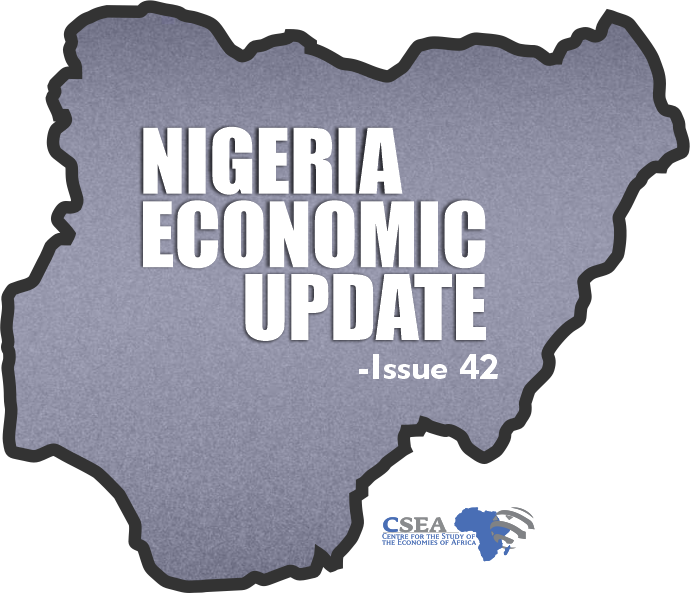
According to Central Bank of Nigeria (CBN) data on money and credit, Money Supply (M3) stood at N67.2 trillion in September 2023, an increase of 36.2% from N49.3 trillion in September 2022. On a monthly basis, it rose by 2.3% from N65.7 trillion in August 2023. These statistics show that monetary factors partly contribute to Nigeria’s high inflation rate. Net domestic assets accounted for about 99.1% of the money supply in September; net foreign assets stood at N591 billion, less than 1%. This implies that curtailing the growth in net domestic assets would help reduce the growth in the money supply, which, in turn, might help in taming the inflation rate. Also, the data from CBN shows that the currency in circulation is approaching the pre-currency redesign level of N2.88 trillion in 2021 and N3.24 trillion in 2022. In September 2023, currency in circulation stood at about N2.76 trillion, an increase from N982.1 billion recorded in February. Upon the relaxation of the currency redesign based on the court ruling in March, which allowed concurrent use of the old and new currency till of the year, currency in circulation rose to N1.68 trillion. We have two months to the end of the year, and there is no policy directive on how the old currency will be phased out. This is important in avoiding the economic hardship experienced in the first two months of 2023. Hence, the monetary authority needs to use the last two months to provide policy direction about steps to slow down the increase in money supply, as a first step to curtail the inflation rate and the possibility of using the old notes in 2024.
